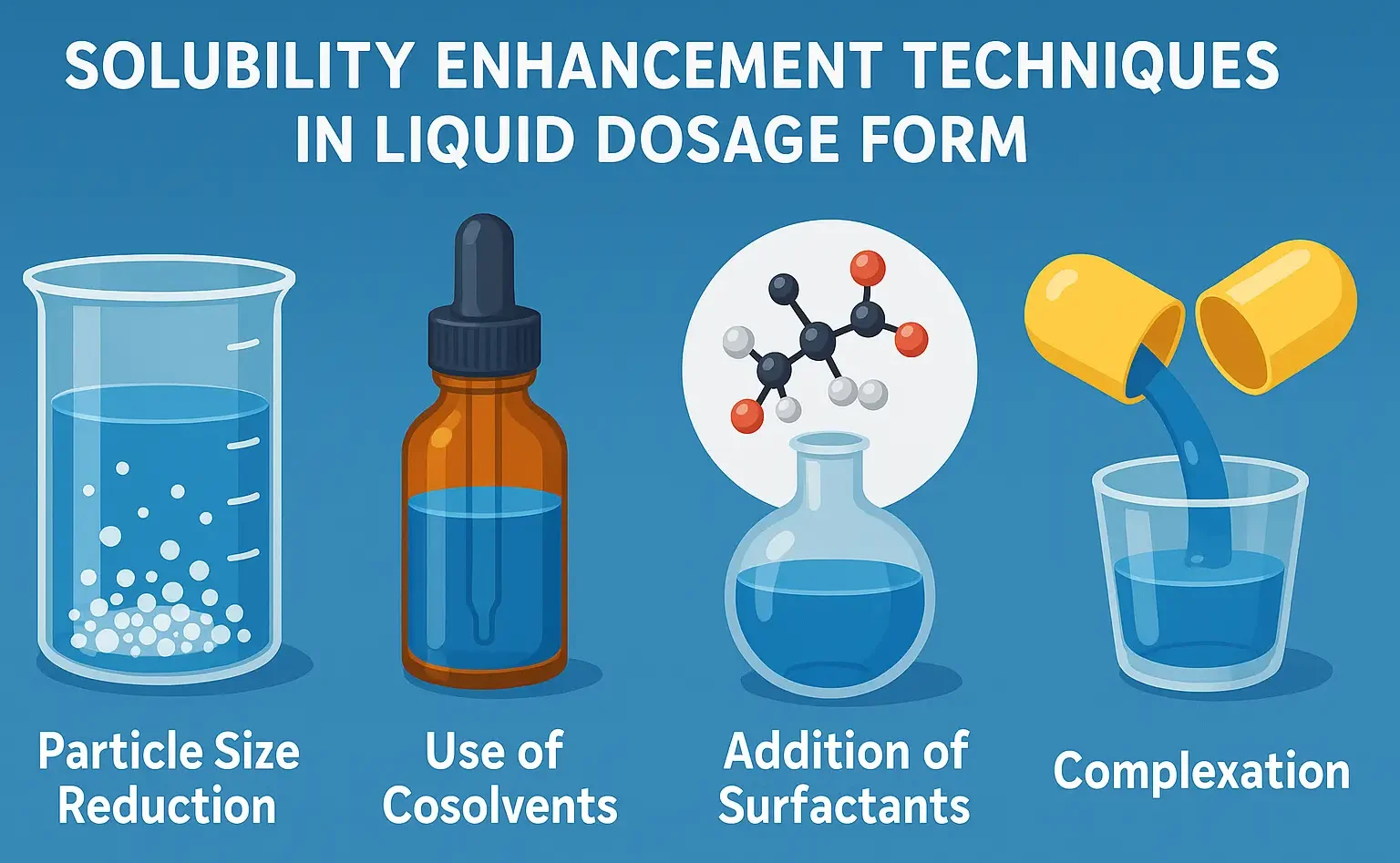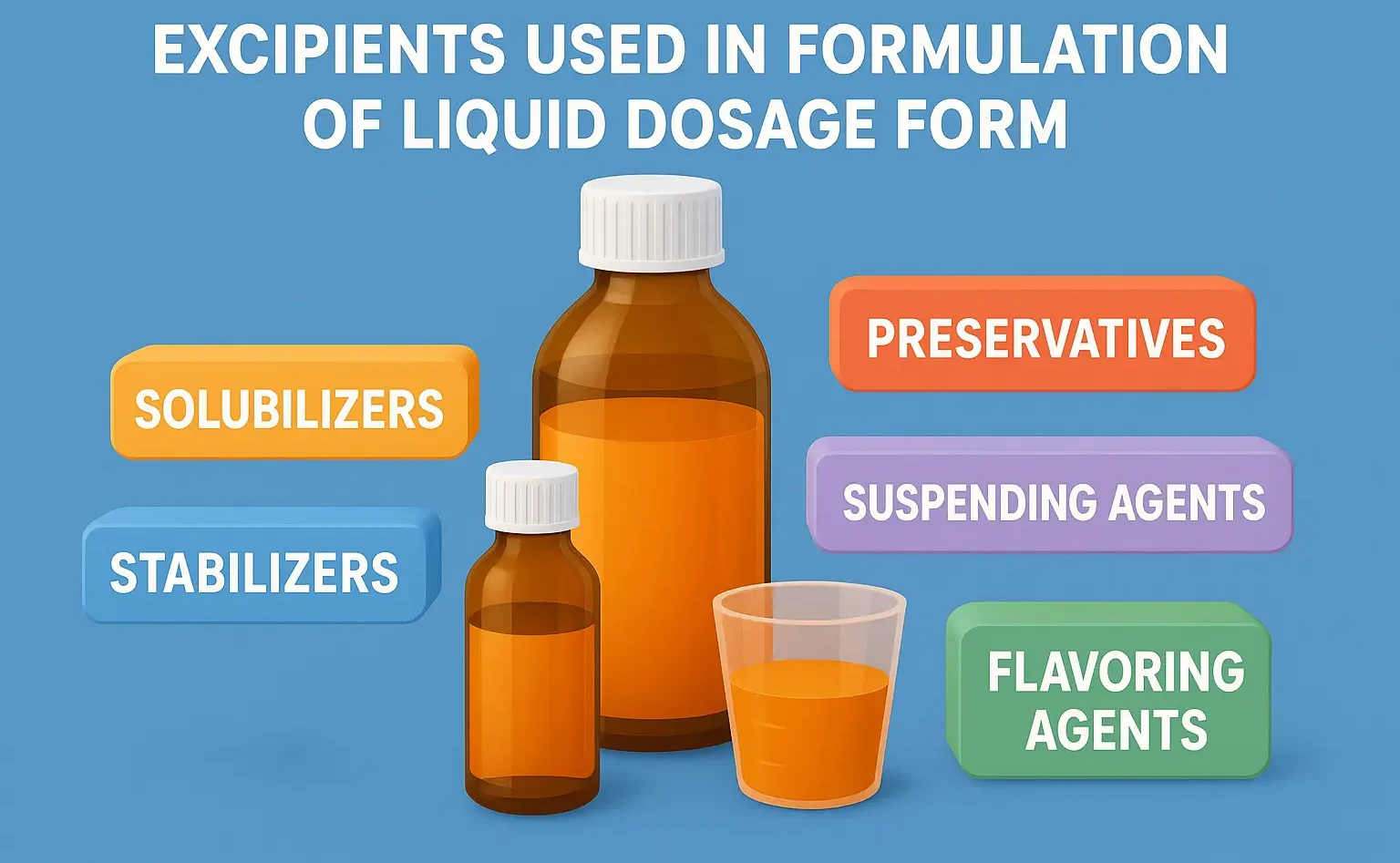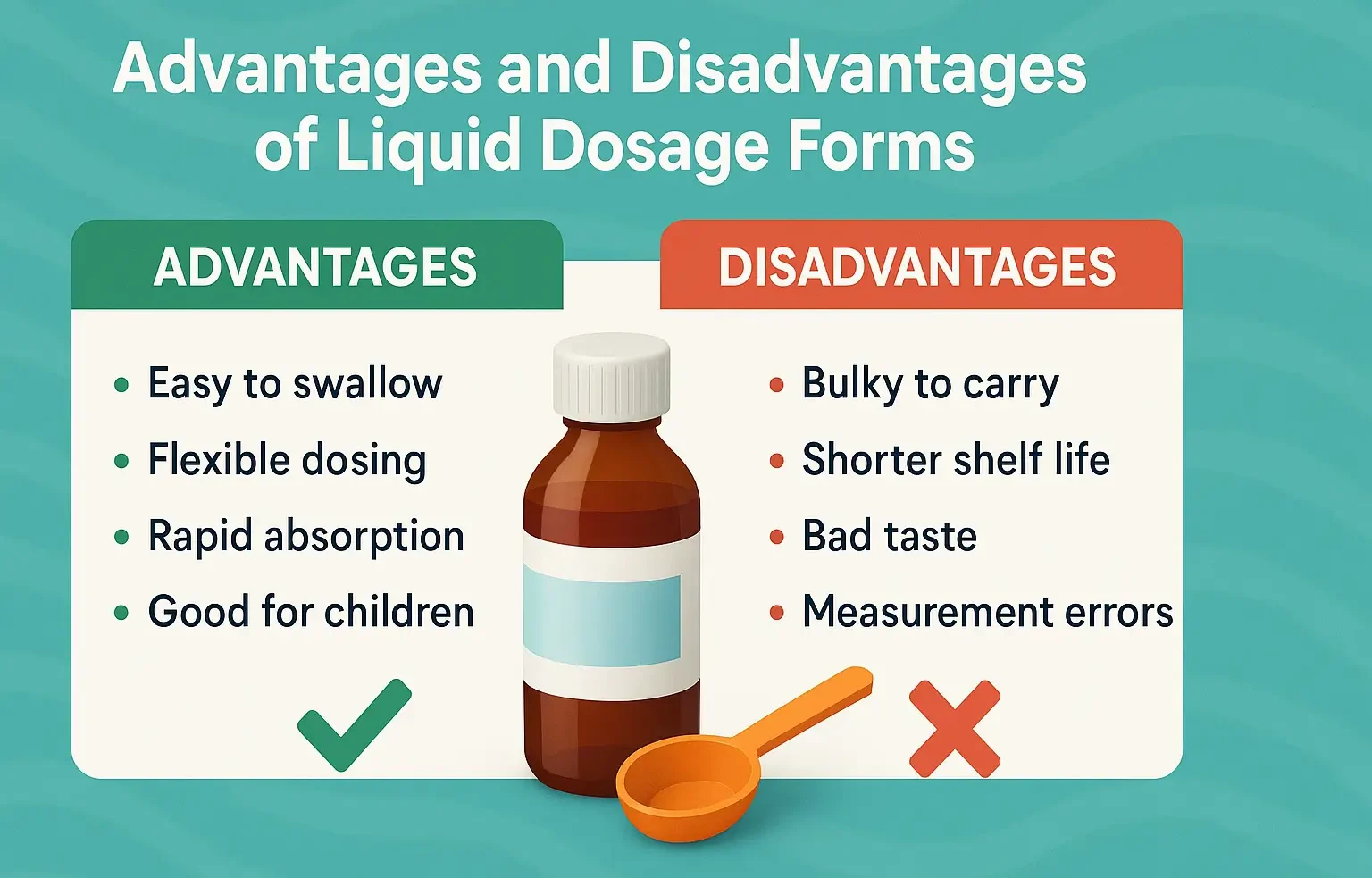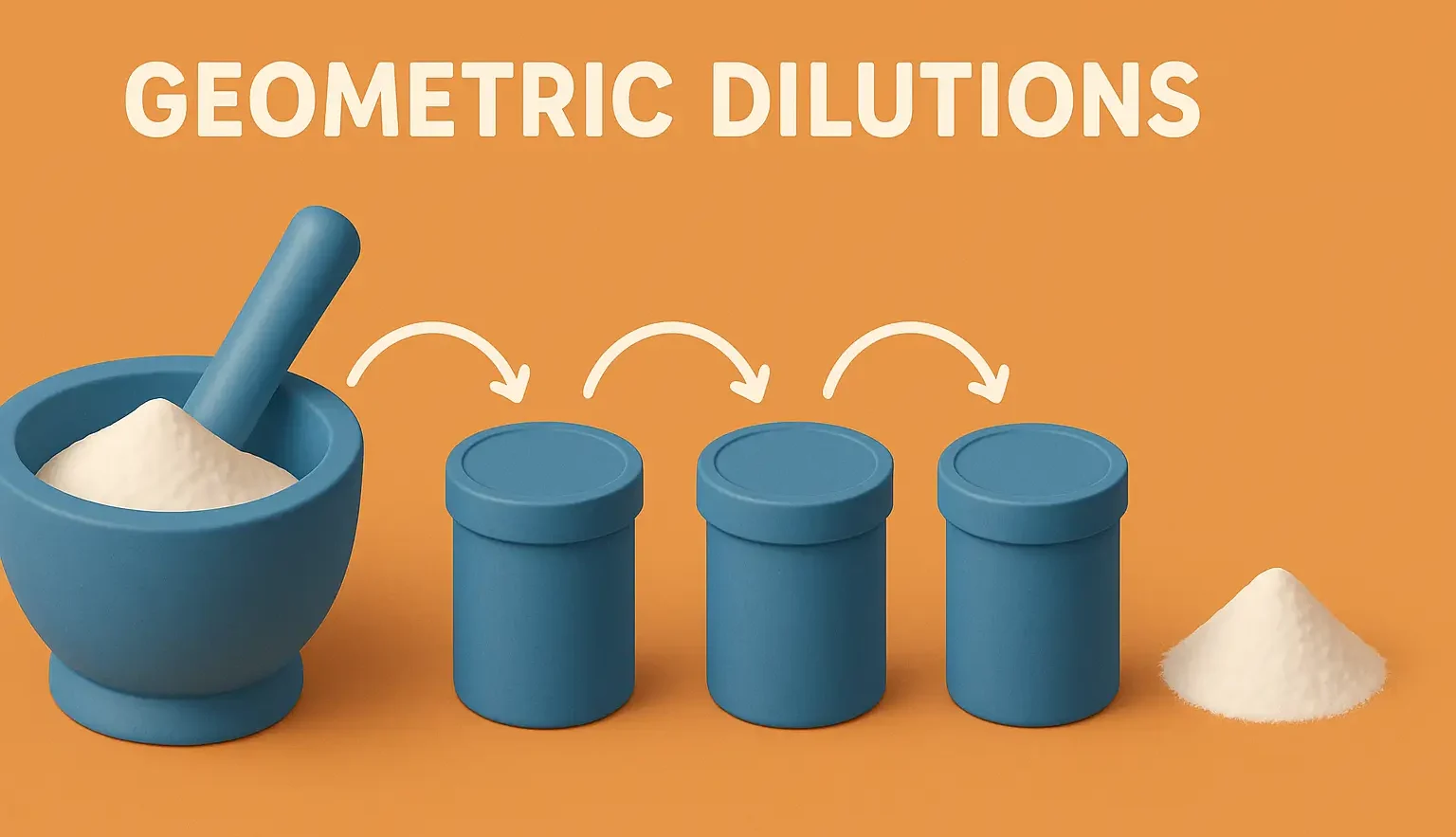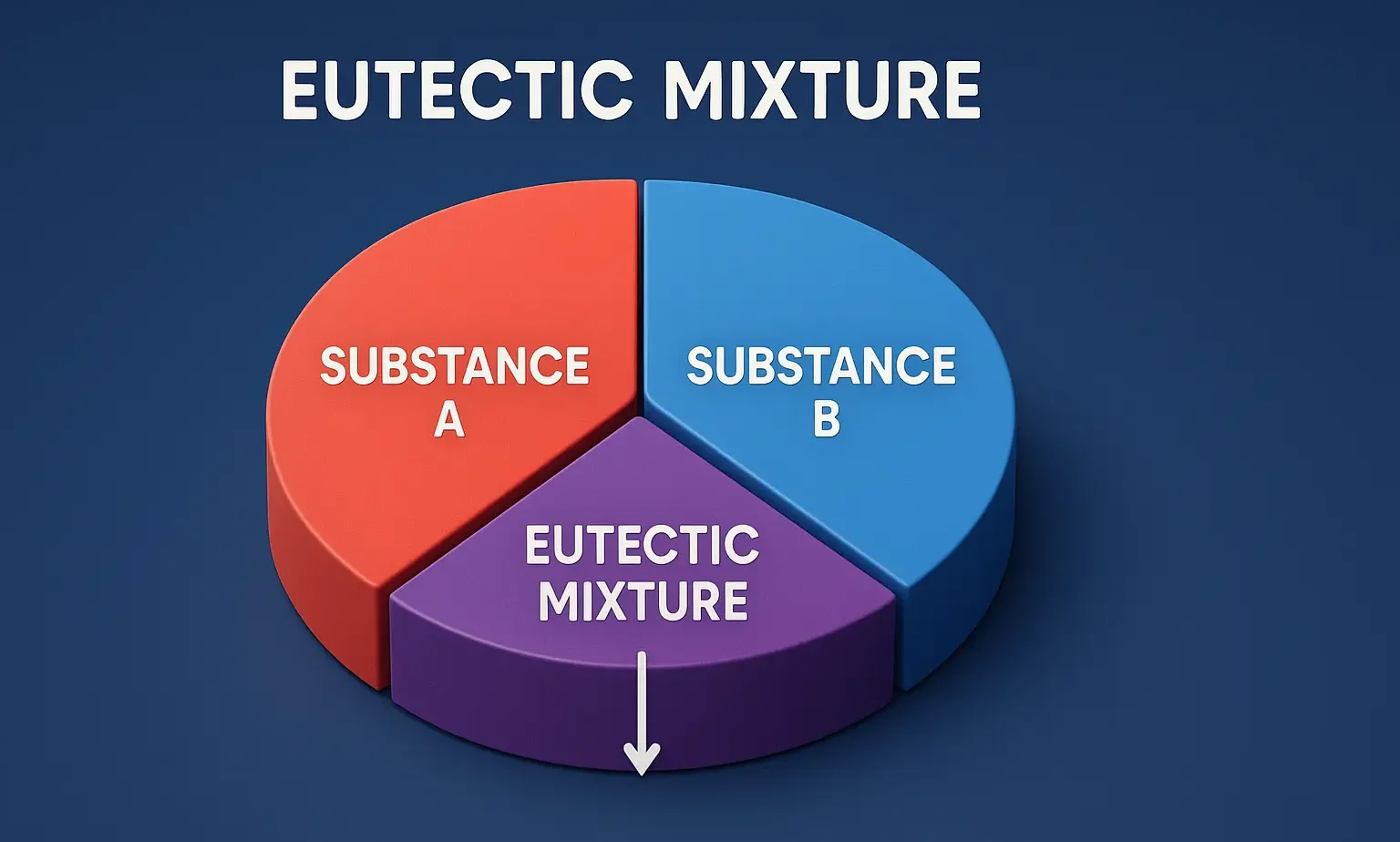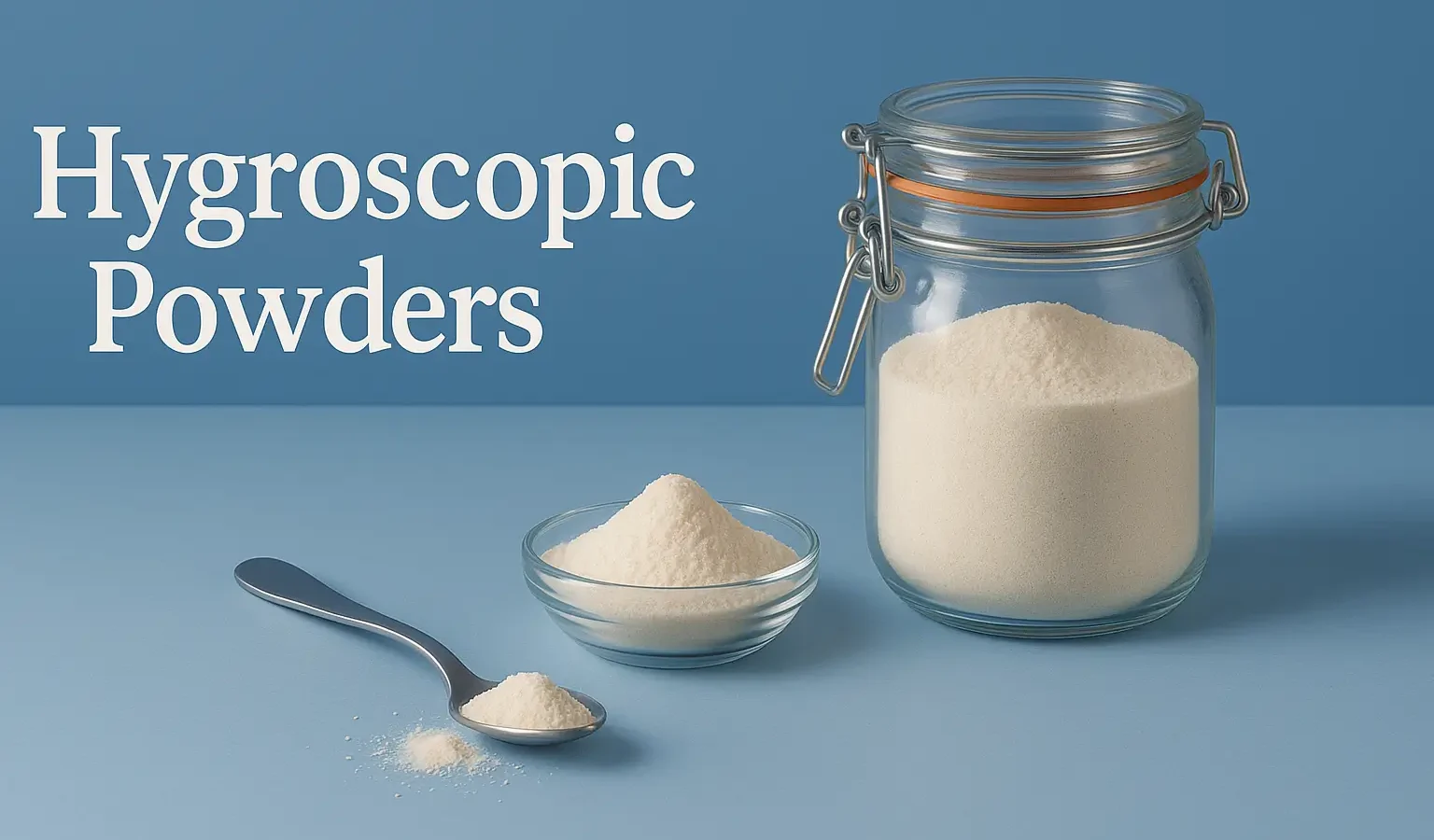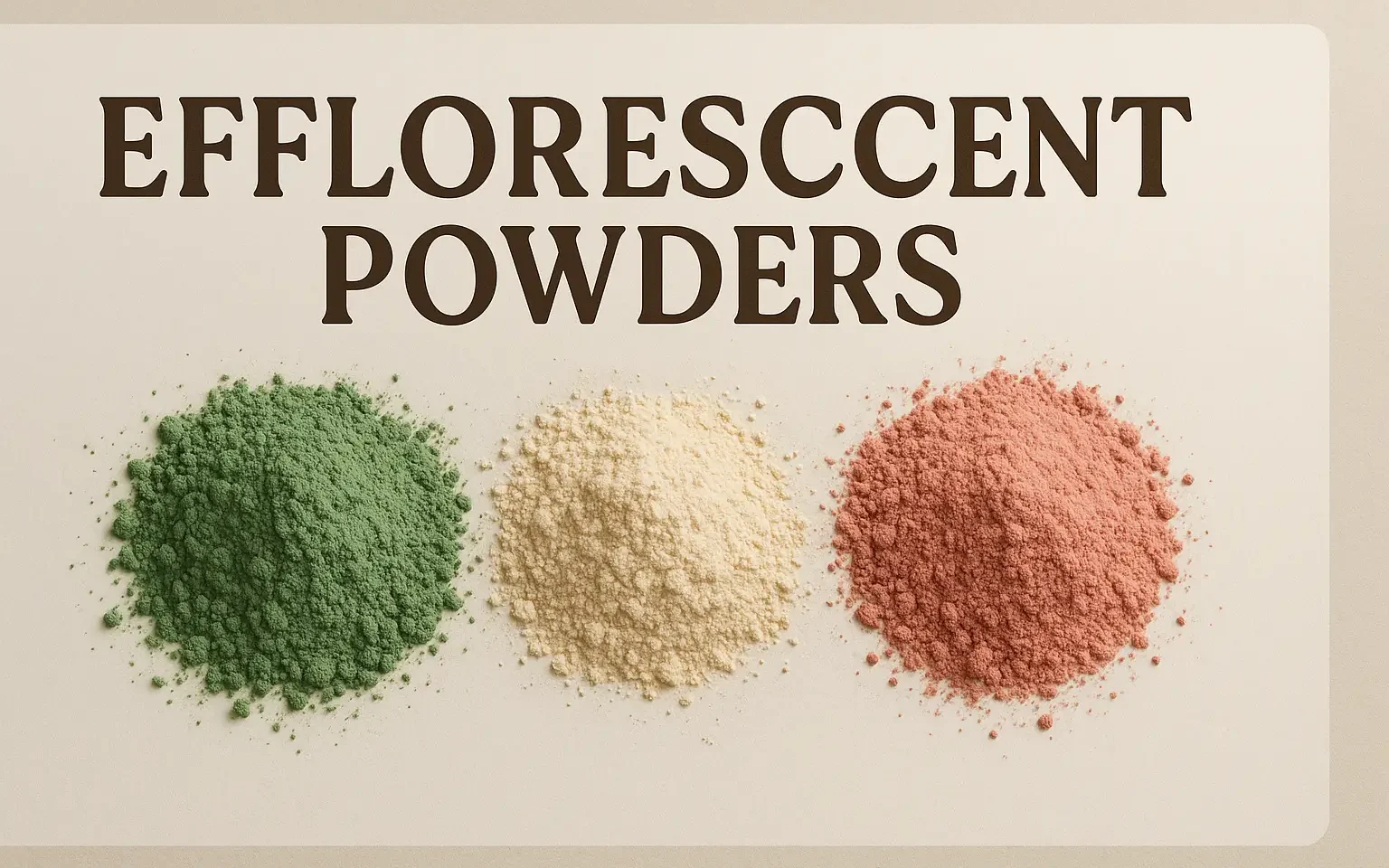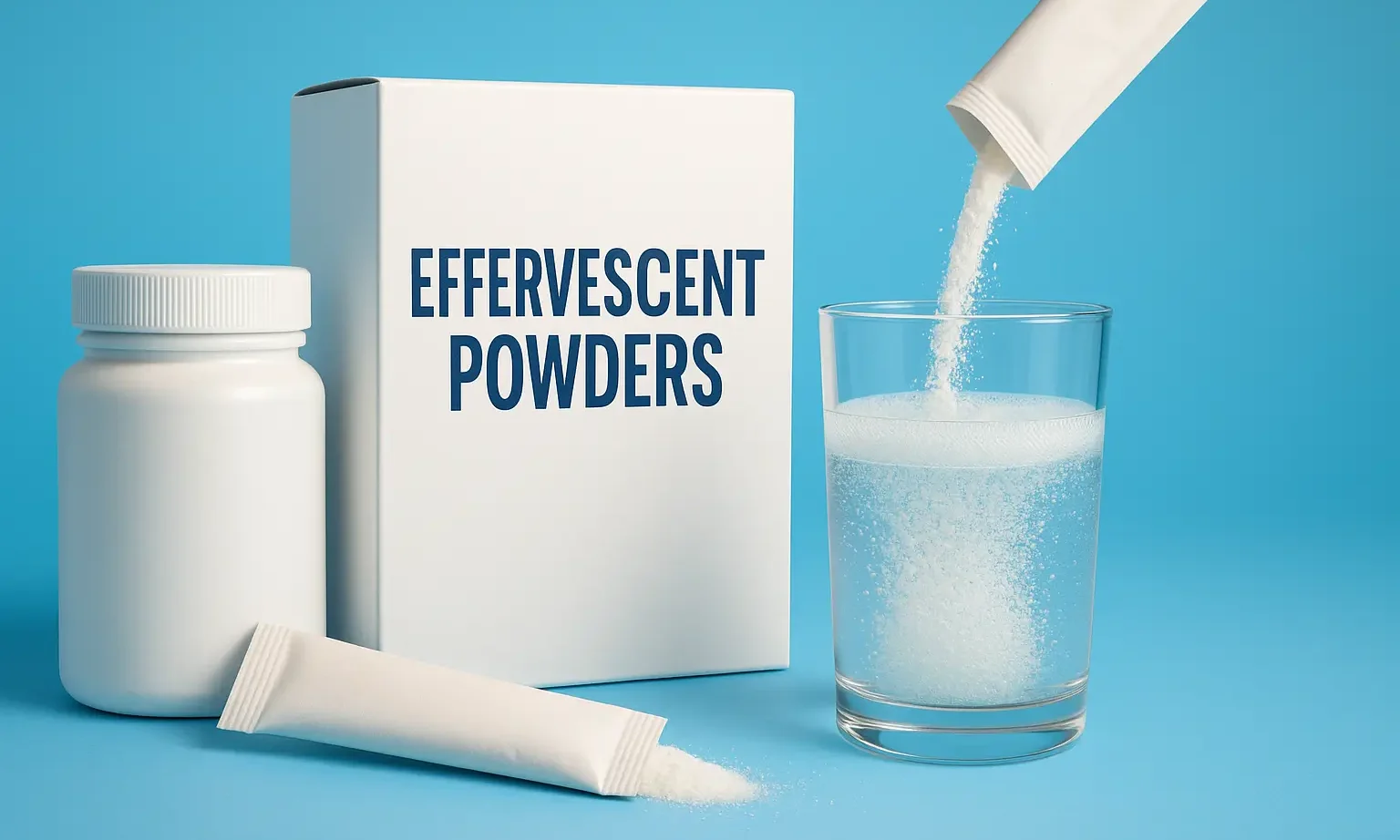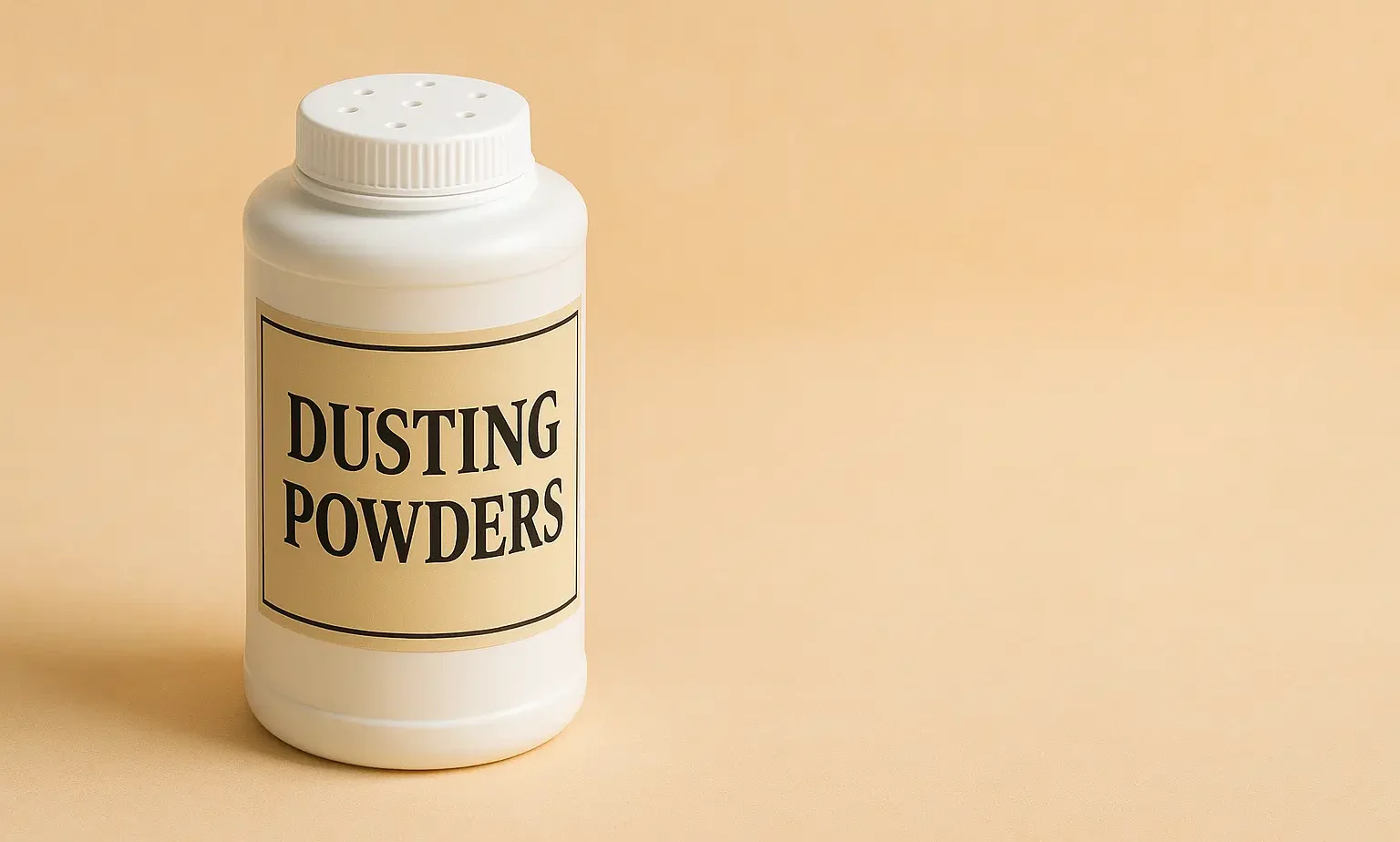Solubility enhancement techniques in liquid dosage form
Solubility enhancement techniques are crucial in pharmaceutical development, as they improve the dissolution and bioavailability of poorly soluble drugs. Various approaches can be employed to enhance solubility specifically in liquid dosage forms: Cosolvency Description: Involves using water-miscible solvents (cosolvents) to increase drug solubility by altering solvent polarity. Examples: Propylene glycol, ethanol, glycerin, polyethylene glycol. Micellar … Read more

